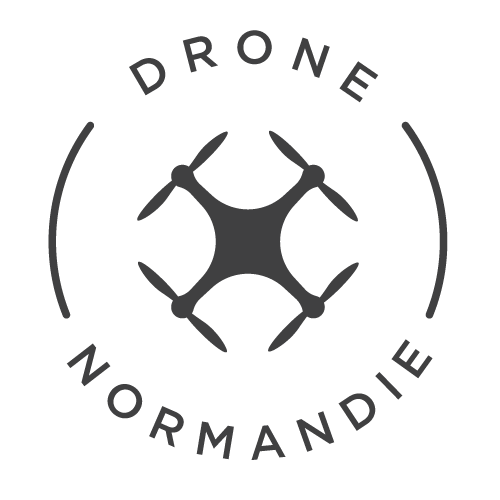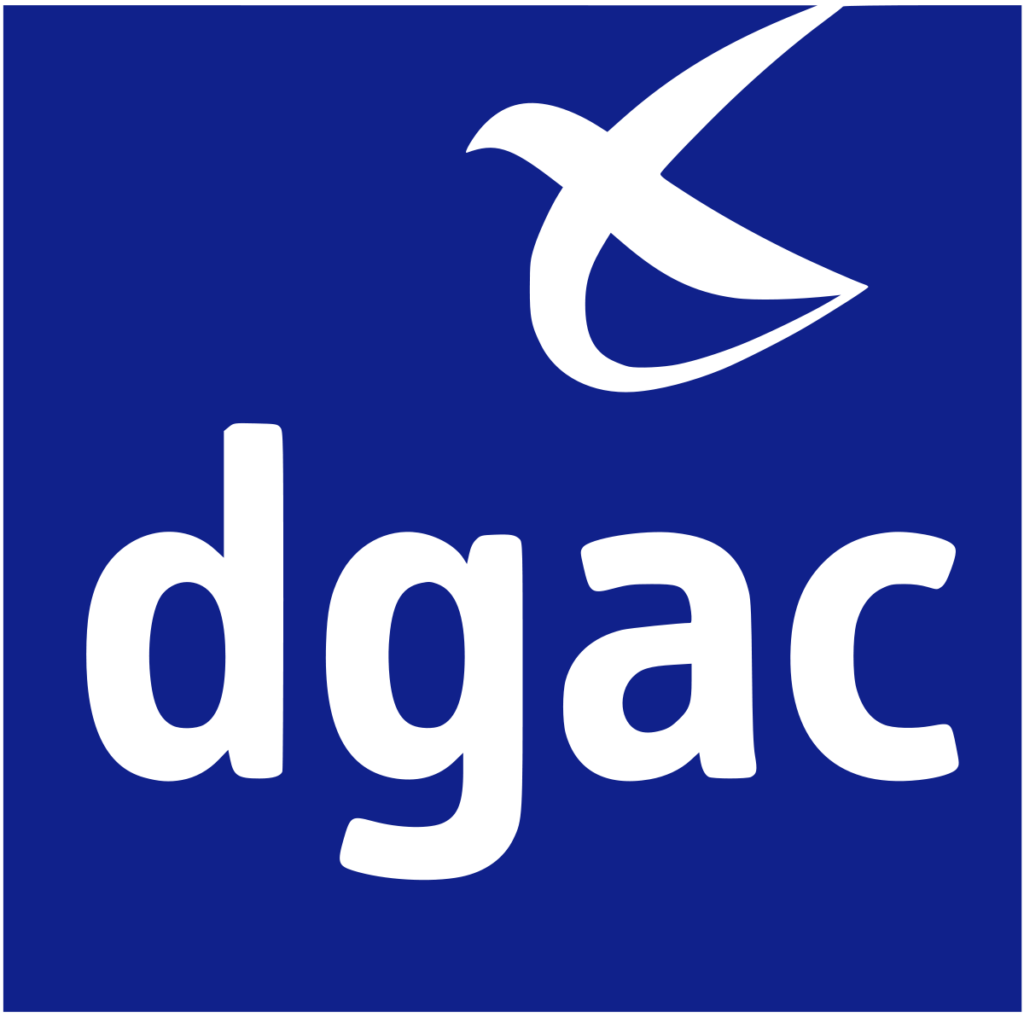The different scenarios – General information
The decree of December 17, 2015 on the design of civil aircraft that circulate without a person on board, the conditions of their use and the capabilities required of the people who use them defines 4 scenarios for the use of remotely piloted aircraft:

Flying height
Flight height limited to 120 m
To fly above 120 m, a request must be sent to the DSAC/IR responsible for your area, using CERFA form no. 15478, available online.
Exception for flights over man-made obstacles:
When an unmanned aircraft is operating within a horizontal radius of 50 metres
around an artificial obstacle higher than 105 metres, the maximum altitude
can be increased up to 15 metres above the height of the obstacle
Definitions :
Aircraft types – UAS type :
– Aerodyne: refers to a “heavier-than-air” aircraft whose lift is provided mainly by an aerodynamic force, the lift of a fixed (airplane) or rotating (helicopter) wing. They can be divided into two broad categories:
– motorized: fixed-wing aircraft, rotary-wing helicopters, multi-rotor UAVs, etc. etc.
– non-motorized: gliders, kites…
– aerostats: an aircraft whose lift is provided mainly by an aerostatic force, the Archimedean thrust. This category of aircraft, sometimes referred to as “lighter-than-air”, includes balloons (non-motorized) and airships (motorized).
The Flight in Sight:
An aircraft model is said to be flying “in sight ” when the remote pilot has a direct view of the aircraft and a clear view of the air environment, enabling him to detect any approaching aircraft and prevent collisions.
Flying out of sight:
An aircraft model is said to operate “out of sight” when its movements are at such a distance from the remote pilot that the latter cannot maintain a direct view of the aircraft.
Immersion flight :
A remotely piloted aircraft can be remotely piloted by a person who does not have a direct view of the aircraft (so-called “immersion” or “First Person View – FPV” flight). The person who remotely pilots an immersion drone must be accompanied by a second person, whose role is to keep the drone in sight and regain control of it in the event of an incident. It is this second person who is legally considered the remote pilot.
Mass :
The weight considered is the total in-flight weight of the aircraft, including batteries, mission equipment, etc. However, the weight of the aircraft does not include :
– for aerostats, the mass of the carrier gas ;
– for captive aircraft, the weight of the restraint.
Captive aircraft :
It is an aircraft connected by any physical means :
– on the ground
– to a mobile or an operator, provided that the mobile or operator cannot be lifted or dragged by the pull of the aircraft.
Safety perimeter :
Also known as the “Third-Party Exclusion Zone”, this perimeter, which must be present in scenarios S-1, S-2 and S-3, is an area marked out (e.g. with cones and marking tape) in which the presence of outsiders (onlookers, the public) is prohibited.
Populated area :
An aircraft is said to be operating in a “populated area” when it is :
– within or at a horizontal distance of less than 50 metres from a built-up area shown on aeronautical charts;
– at a horizontal distance of less than 150 meters from a gathering of people (50 meters in the case of scenario S-4)
Agglomerations :
For the purposes of defining the populated area, settlements are defined as those shown on aeronautical charts published by the Service d’information aéronautique (SIA) on a scale of 1:500,000 or, failing that, on a scale of 1:250,000.
Notes :
– The agglomerations concerned are those identified as “agglomerations” in the map legend, in the “overflight rules” section; agglomerations identified as “navigation markers / small agglomerations” are not concerned.
– For overseas territories for which no 1:500,000 or 1:250,000 scale IAT map is available, all built-up areas must be taken into account.
The boundaries of the built-up area are those of cadastral parcels served by a portion of a road “in built-up areas” as defined by the Highway Code (article R. 110-2). These sections of road are defined by municipal by-law and marked with road signs.
Autonomous flight :
An aircraft is “autonomous” when it evolves automatically, with no remote pilot to monitor its progress or intervene on its trajectory. This definition does not apply to phases of flight of a remotely piloted aircraft during which the remote pilot loses his ability to intervene in the aircraft’s trajectory following the application of emergency procedures or the loss of the command and control link.
Gathering of people :
This is a gathering of several dozen people, in particular: audiences at shows or sporting events, public parks, beaches or tourist sites during busy periods, parades…
Maximum authorized weight according to operational scenarios :
Unless specifically authorized, only aircraft whose weight does not exceed the following limits, depending on the scenario, may be used:
Scenario S-1: no particular restrictions (*)
Scenario S-2 :
– Below 50m in height: no particular restrictions (*)
– Above 50m: only aircraft weighing 2 kg or less
Scenario S-3 :
– Captive aircraft: no particular limitations (*)
– Non-captive aircraft: only aircraft weighing 8 kg or less
Scenario S-4: only aircraft weighing 2 kg or less
(*)Aircraft over 25 kg Aircraft over 25 kg are subject to additional technical design conditions, defined on a case-by-case basis. The DSAC should be contacted in advance of any project involving such an aircraft.

